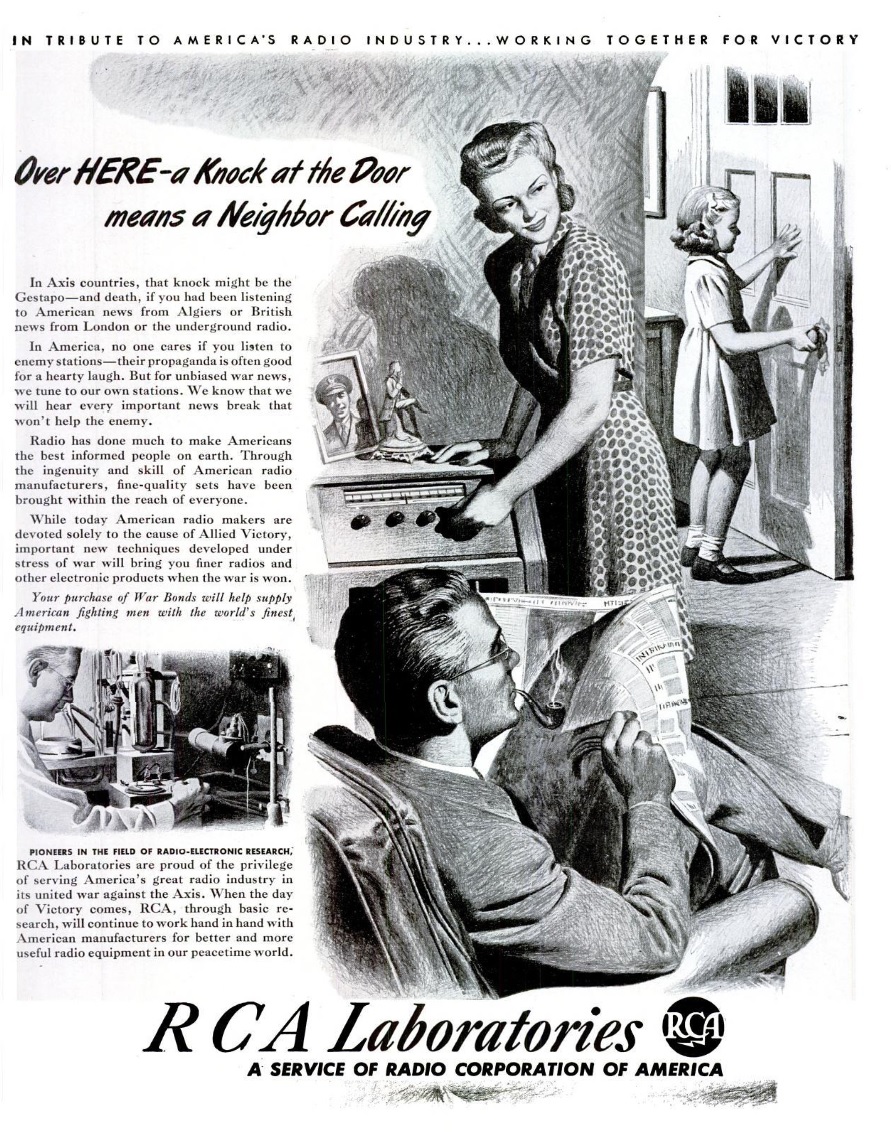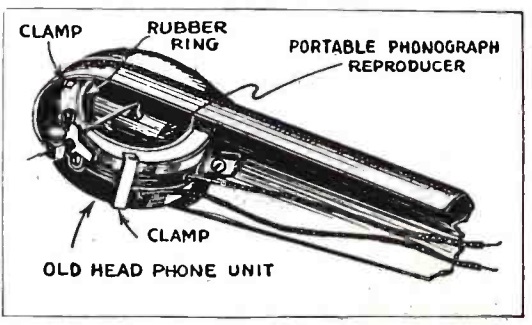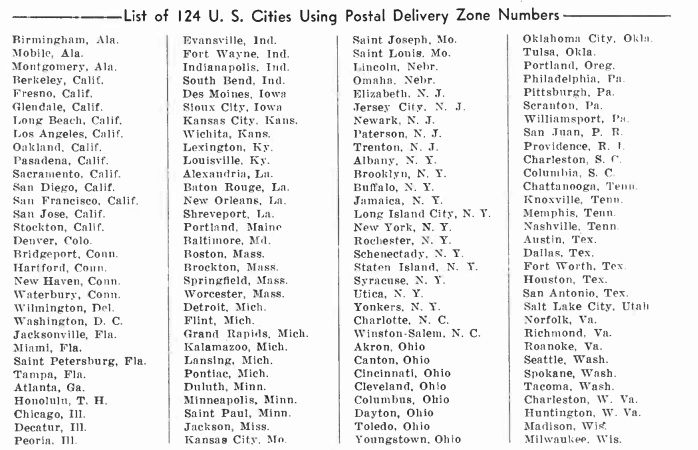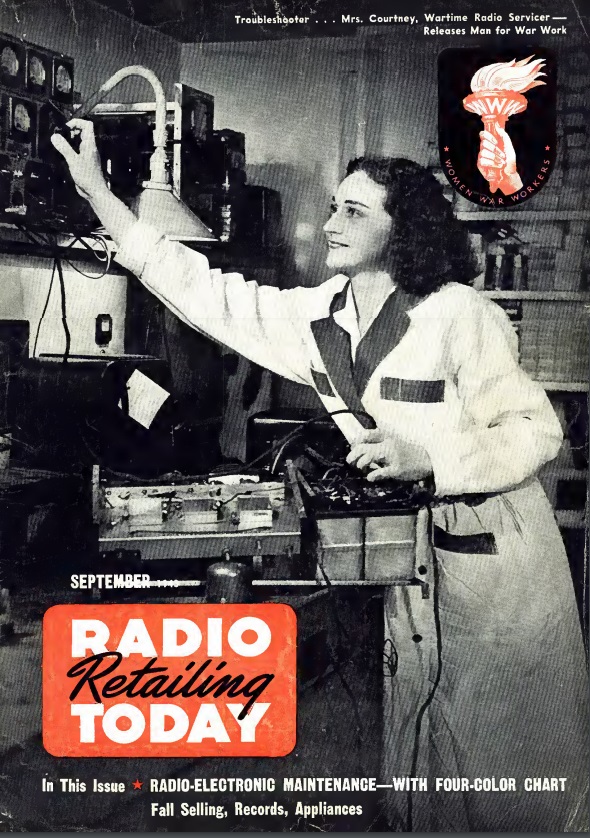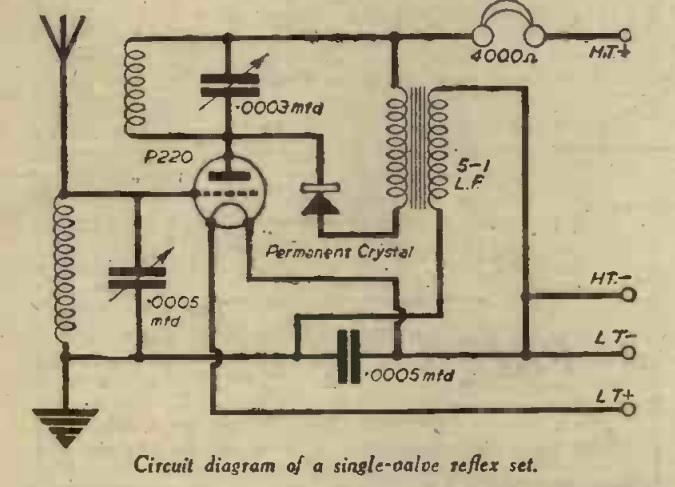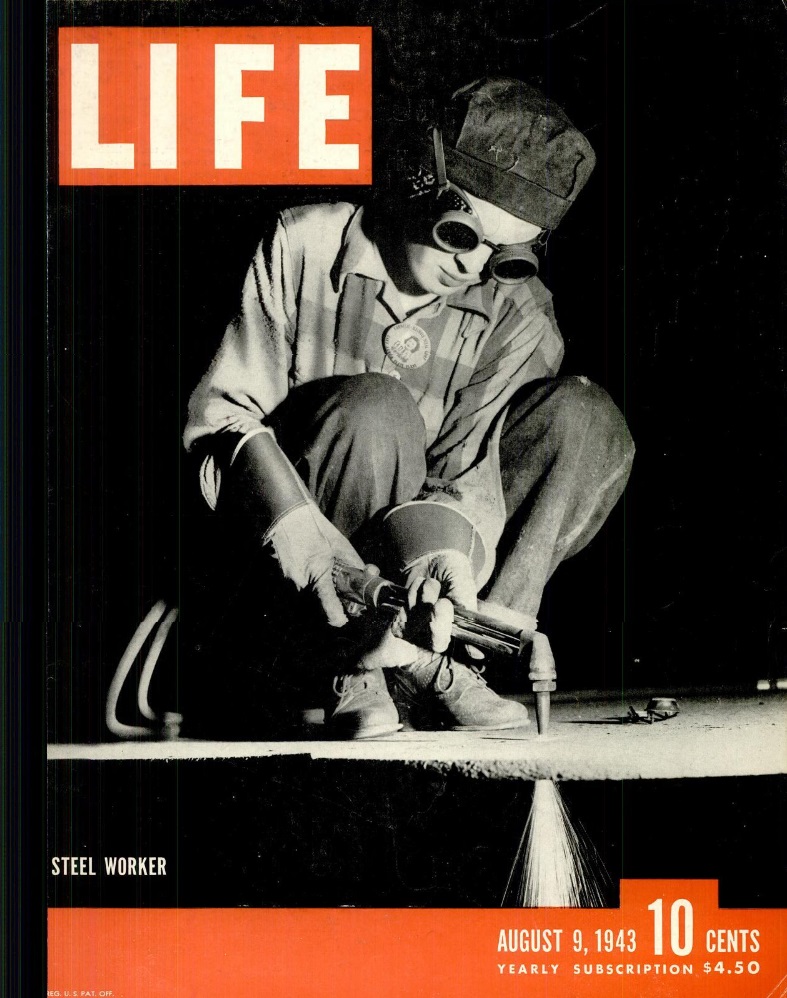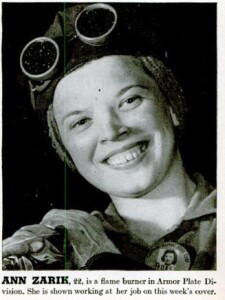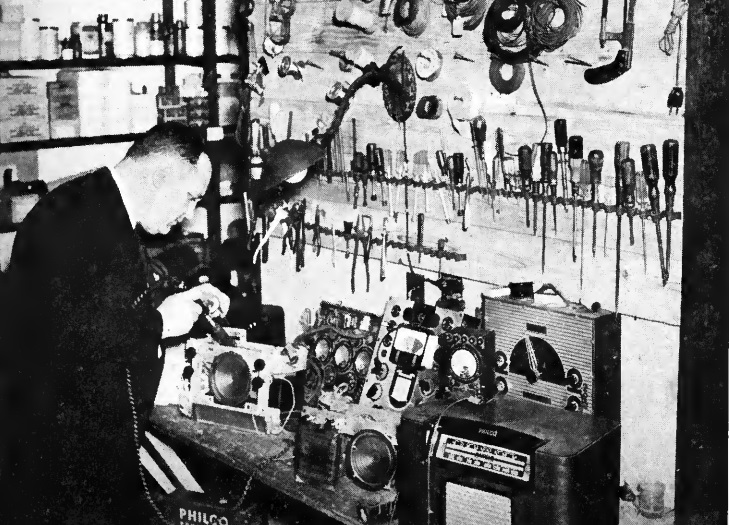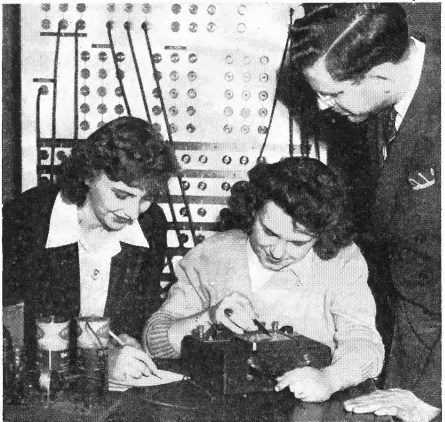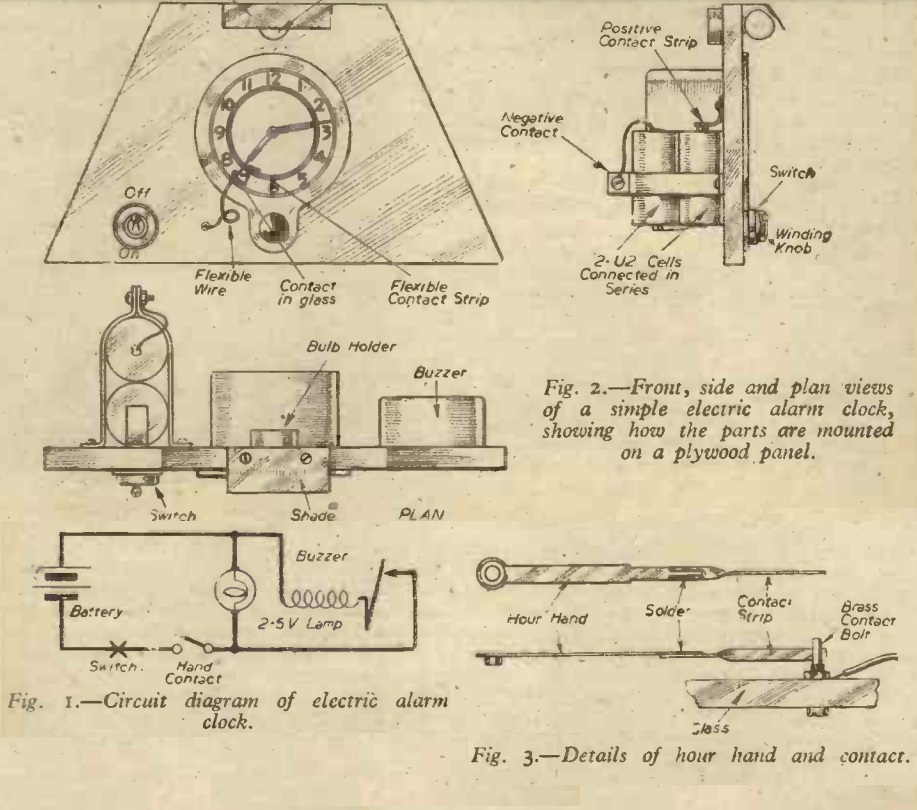
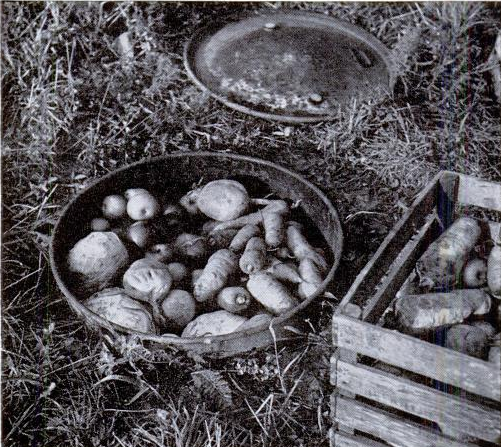 Eighty years ago, many Americans were enjoying plentiful meals without worrying about rationing points, thanks to their victory gardens. And the December 6, 1943, issue of Life magazine offered some pointers about how to store the bounty of those gardens for the winter. Above is an image of a well-appointed root cellar. The magazine noted that a well-ventilated corner of the cellar, where the temperature remained between 35 and 50 degrees was ideal. And some of those fruits and vegetables are put up in some of the four billion Mason jars that were currently in use in the country.
Eighty years ago, many Americans were enjoying plentiful meals without worrying about rationing points, thanks to their victory gardens. And the December 6, 1943, issue of Life magazine offered some pointers about how to store the bounty of those gardens for the winter. Above is an image of a well-appointed root cellar. The magazine noted that a well-ventilated corner of the cellar, where the temperature remained between 35 and 50 degrees was ideal. And some of those fruits and vegetables are put up in some of the four billion Mason jars that were currently in use in the country.
For those without a cellar, the magazine offered some ideas such as the one shown at the left for storage of root vegetables. In this one, a barrel is buried in the yard. After filling, it’s covered with straw, and then soil. On nice days during the winter, it is opened, and food for the next two or three weeks is removed.

